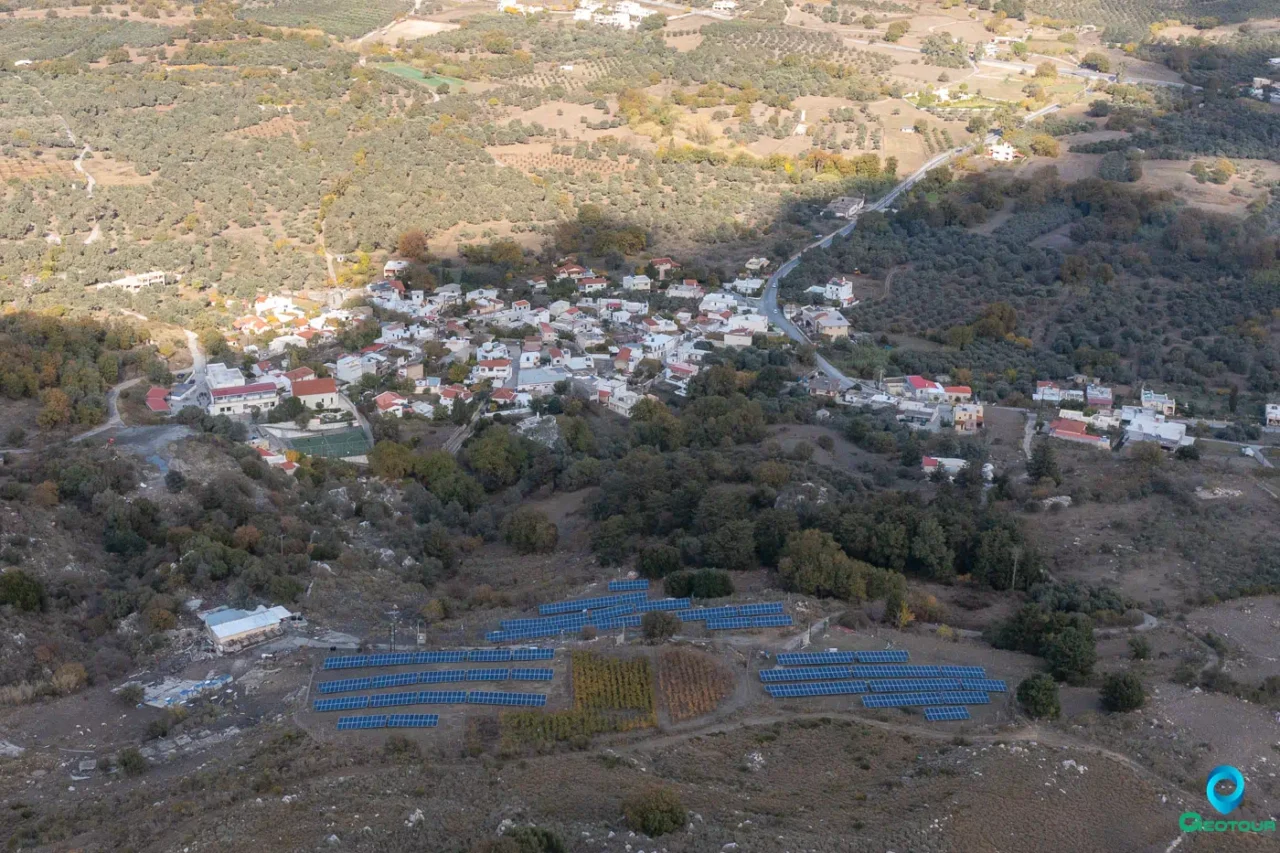
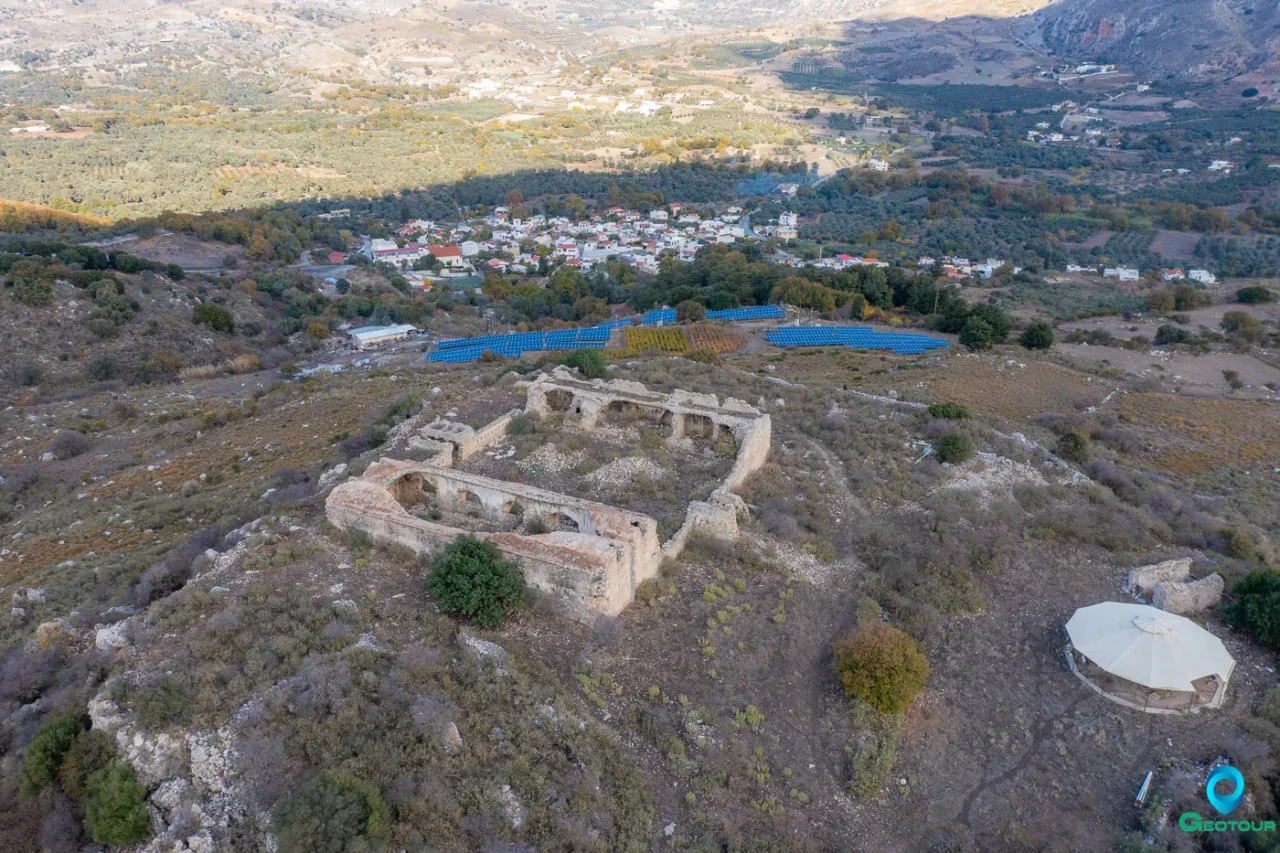
Koxare is a village and the seat of the namesake community in the Municipality of Agios Vasileios, in the Rethymno Regional Unit, Crete, Greece. It is built at an altitude of 300 meters on the foothills of Mount Kouroupa, considered the geological continuation of the Lefka Ori (White Mountains). It is administratively part of the municipality of Agios Vasileios and is located 25 km from Rethymno, towards the Preveli Monastery and Plakias, at the entrance of the Kourtaliotiko Gorge, and 48 km from Chora Sfakion.
Geography
The village is located in a strategic position on a small plateau surrounded by mountains in one of the most fertile areas and plains of the hinterland and south Rethymno. The inhabitants are almost exclusively engaged in agricultural and livestock farming, while in recent years there has been a shift towards tourism with the construction of tourist residences, but also with alternative tourism, as the mountains of Kouroupa offer a plethora of hiking trails, cycling, and canyoning in the Kourtaliotiko Gorge and the Kakoperatos Gorge.
The Kourtaliotiko Gorge, through which the Kourtaliotiko River flows, starts from the village of Koxare. It is characterized by dense vegetation (many palm trees) and steep high rocks on both sides. The name Kourtaliotiko is said to come from the homonymous noise heard when a strong north wind blows, which makes one think that they are really clapping their hands. Halfway along the road that passes through the gorge, there are parking lots and paths that lead to the church of Agios Nikolaos. Several species of wild animals and birds are found in the gorge. The historical battle of Koxare was fought at the entrance to the gorge.
History
In Koxare, on Mount Kokkini Riza, which is located above the settlement of Pale, there is the Beligre cave at an altitude of 470 m, and higher up the Chonos cave at an altitude of 900 m. The name of the village comes from the first settler of Koxare, a descendant of a Byzantine family. The first evidence of habitation in the wider area dates back to the Middle Minoan period: in the mountains of Kouroupa at an altitude of 735 m, a Minoan peak sanctuary was discovered and excavated by the British School of Archaeology in 1989. It is an open-air sanctuary of an agricultural nature, covering an area of about 200 sq.m. It extends over two terraces defined by natural rocks, which constitute the “Enclosure” of the Sanctuary.
The powerful Kallergis family was based in Koxare, which was settled in the Archontika or Kallergiana area, where ruins of large building installations are preserved.
According to the data of the Ottoman land registry, which was compiled shortly after 1670, at that time Koxare had 33 owners.
The most important monument of the Byzantine period is the church of Agios Georgios at Fatreliana near Pale, which dates back to the 15th century. The name of the founder, Theodosios Sagkamas, has been preserved, while inside the church one can see the frescoes with themes of the Dormition of the Virgin, Saint George, the Annunciation, the Hospitality of Abraham, the resurrection of Lazarus, the Transfiguration, and others.
In 1866, the conquerors built a fort in the “Koules” area on Mount Kouroupa for the more effective defense of the revolutionaries, part of which survives to this day.
In Koxare in 1821, the residents beheaded the bloodthirsty Turkish leader Deli Mustafa, who had previously been captured in Vathia Amarios. Later, in 1878, in the Koxare gorge, at the entrance of Kourtaliotiko, many Christians were slaughtered by the Turks.
Residents of Koxare actively participated in the Battle of Crete, while on August 29, 1944, the entire village was blown up by the Occupation troops with an order to wipe it off the face of the earth. The church, the school, and the houses of the village were engulfed in flames.
During the Genariana of 1945, a clash took place near the settlement between persecuted ELAS guerrillas and guerrillas of Pavlos Gyparis. During the conflict, several people were killed, including the ELAS captain, Nikos Papadakis or Lemonia.
Name of the Village
According to Stefanos Xanthoudides, the name of the village of Koxare is a documented Byzantine surname from the first settler of the village of Koxare. Stylianos Alexiou attributes it to a woman’s surname, noting: “The correlation of lame with coxo is reinforced by the related and morphologically intact medieval coxarius, lat. coxarius= ex coxa laborans= “caught”, cf. and the place name Koxare (= Koxarea) in Crete from a woman’s surname”, while Chrysi Tsikritsi – Katsianaki confirms the above, accepting its origin from the name Koxarea.
Settlement: Key Points
- Located in the Municipality of Agios Vasileios, Rethymno Regional Unit, Crete, Greece.
- Situated at an altitude of 300 meters on the foothills of Mount Kouroupa.
- The village’s name is attributed to its first settler, a descendant of a Byzantine family.
- Known for its strategic location, fertile land, and proximity to the Kourtaliotiko Gorge.
- Rich in history, with evidence of habitation dating back to the Middle Minoan period.
- The site of the historical battle of Koxare and significant events during the Ottoman occupation and World War II.
Population Data
Year |
Population |
Notes |
|---|---|---|
1900 |
203 |
190 Christians, 13 Muslims |
1981 |
180 |
|
1991 |
202 |
|
2001 |
226 |
|
2011 |
225 |
|
2021 |
216 |













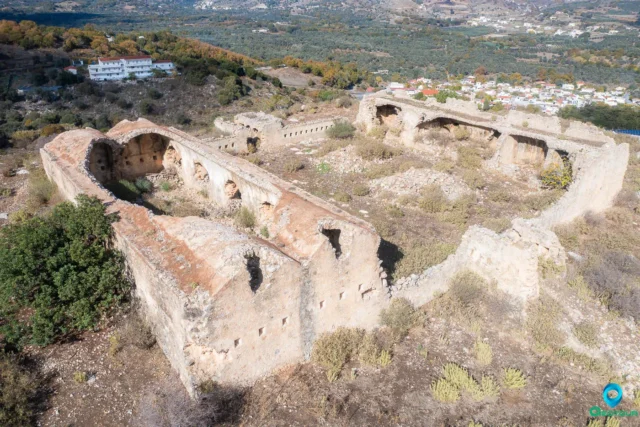




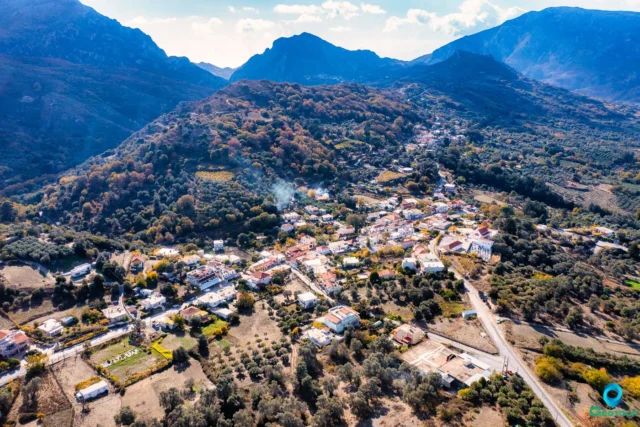



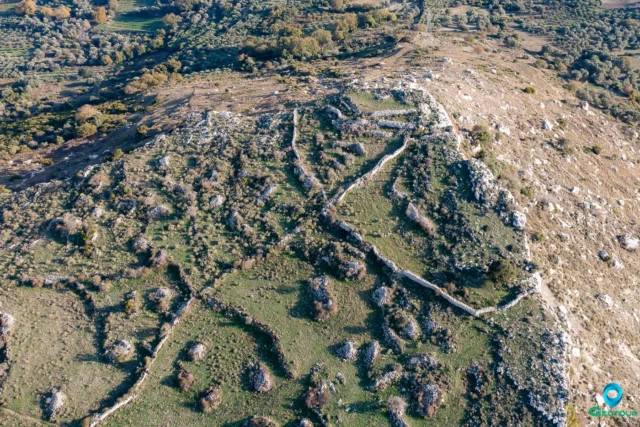
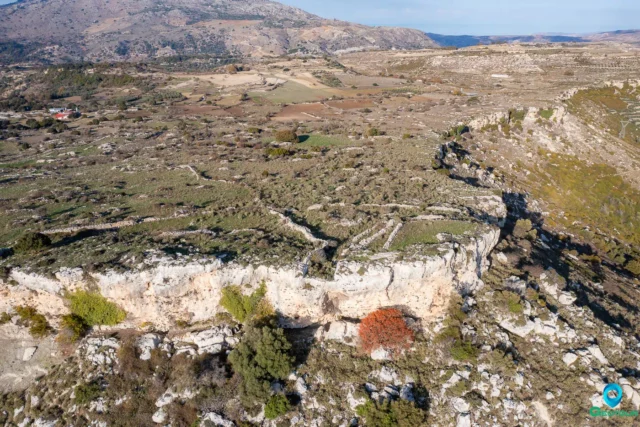


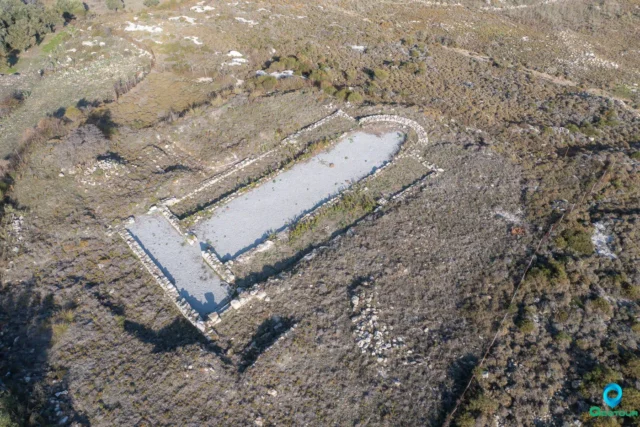
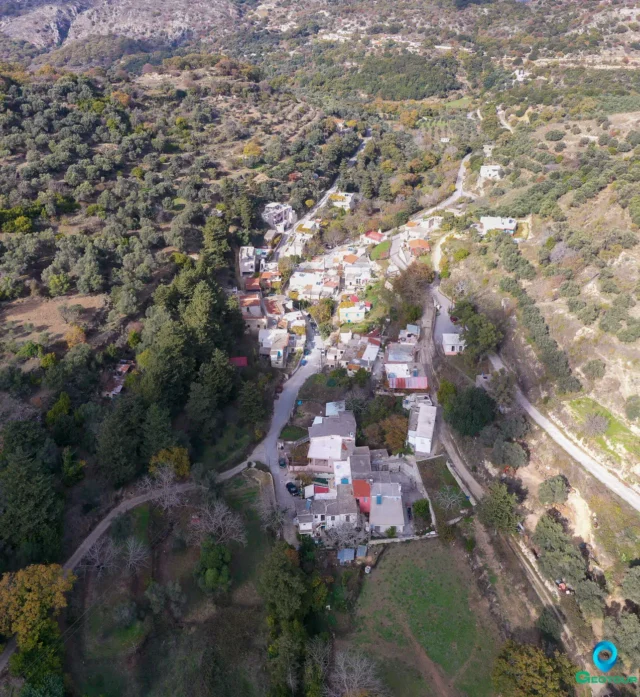

There are no comments yet.